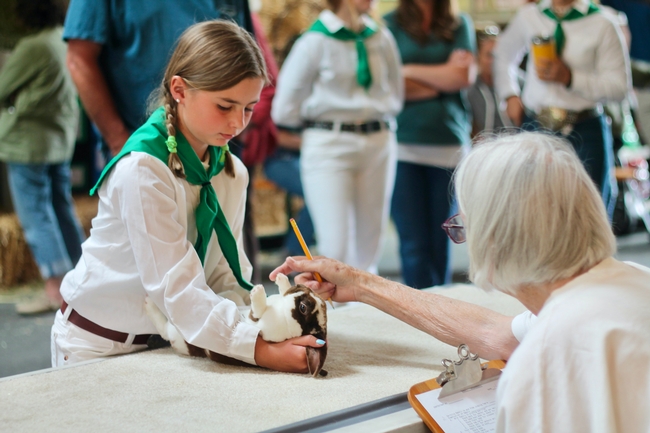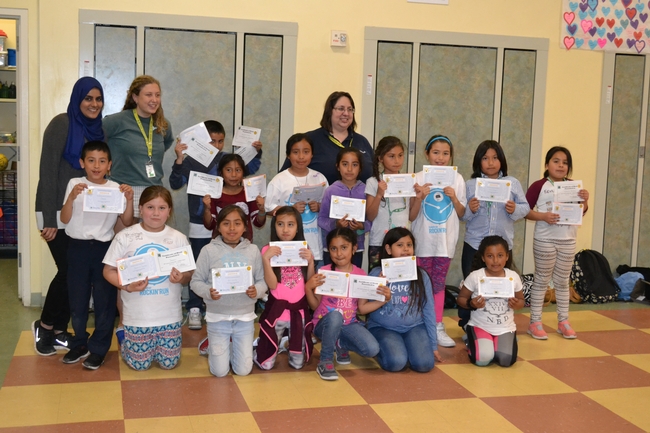- Author: Nathaniel W. Caeton
An unfortunate fact of life is that emergencies and disasters can and do occur. These events, which include earthquakes, wildfires, outbreaks of infectious disease, and more, can happen at any time and often do so with little or no warning. Not only do these events have the potential to affect every facet of life, but local emergency services can quickly become overwhelmed.
California alone has had no shortage of disasters. In 2022, the State experienced 7,490 wildfires, with 362,455 acres burned, 876 structures lost or damaged, and 9 fatalities (CalFire, 2022). Although the total amount of acres burned significantly dropped this past year, the 5-year average for acres burned rests at more than 2,300,000 (CalFire, 2022). As 2022 drew to a close, the State was hit by the first of several atmospheric rivers, bringing severe winter storms, disastrous flooding, landslides, and mudslides. This led President Biden to approve a major disaster declaration for California on January 14, 2023 (The White House, 2023). At the time of press, there are two active disasters declared for the State, encompassing 43 of 58 counties (FEMA, 2023).
“Children represent a vulnerable group and are disproportionately impacted during times of disaster.”
While the impact of these tragedies can be felt by all walks of life, children represent a vulnerable group and are disproportionately impacted during times of disaster (Peek, 2008). While there are many variables that influence the vulnerability of a particular child, as a whole “young people are less likely to understand the events affecting them, have less control and decision-making opportunities than adults, and often have less experience coping with highly stressful situations (SAMHSA, 2022).” Children are also more likely to experience trauma as a result of disaster because they are more likely to be severely injured and often lack knowledge of safety precautions (SAMHSA, 2022).
“The importance of equipping our youth with the skills and knowledge necessary to prepare for, respond to, and recover from disasters cannot be ignored.”
When confronted with such sobering information, one might be led to wonder what role, if any, might young people have when it comes to disaster preparedness and community resilience. The answer is simple; a significant one. With an estimated 22.4% of California's population falling under the age of 18, the importance of equipping our youth with the skills and knowledge necessary to prepare for, respond to, and recover from disasters cannot be ignored (US Census Bureau, 2022). Development of these skills can lead to a number of benefits including increased resilience and decreased fear and anxiety (FEMA, 2023). Furthermore, you people can become change agents and leaders within their families, schools, and communities – a time-tested approach rooted in the beginnings of 4-H and the Cooperative Extension System, when rural youth programs were used as a way to introduce new agricultural technologies to adults (UC ANR). The method remains the same but instead of introducing agricultural technologies, today's young people can help introduce the concept of preparedness. Prepared individuals build prepared communities, and a prepared community is a resilient community.
This begs the question of where to go from here. Thankfully youth preparedness programs are gaining momentum and My Preparedness Initiative (MyPI) is one of them. MyPI is a complete leadership and disaster preparedness curriculum aimed at teens aged 13-19. Initially developed by the Mississippi State University Extension Service in 2013, MyPI has grown into a national program that reaches 27 states and 3 territories. The program has three key components, which are outlined below.
- Component A: Consists of Community Emergency Response Team (CERT) training.
- Component B: Consists of a full-featured add-on catalog, where participants can complete CPR/AED certifications, focus on specialty tracks in technology and career exploration, and participate in disaster simulations.
- Component C: Consists of the Prep+6 capstone project, where participants help develop emergency supply kits and emergency communication plans for their family and six additional families or households.
After an extended delay associated with the COVID-19 Pandemic, this innovative program is now slated for implementation in California this Summer, with an Instructor Certification and Training Workshop (ICTW) scheduled for August 2-4, 2023. The location is still to be determined, but if you would like to know more about this program or would like to become an adult MyPI Instructor, please contact Nate Caeton at nwcaeton@ucanr.edu or complete the MyPI Interest Survey.
Youth preparedness programs like MyPI are positioned to play a vital role in developing young people while addressing the ever-pressing need for increased community resilience. If there are no programs like this in your area, you are encouraged to help establish one. And remember, as the leader of a youth preparedness program, you are doing much more than merely supporting local preparedness efforts. You are cultivating the next generation of leaders – leaders who can navigate adversity, effect positive change, and contribute to their communities.
- Author: Steven Worker
A key component for youth on their thriving pathway is cultivating a growth mindset. Youth with a strong growth mindset view challenges as opportunities to learn and grow. When young people possess a growth mindset, they are more resilient, and better able to adapt to challenging situations. Through practice and effort both youth and adults increase their potential to learn and develop across the lifespan. Watch the video on growth mindset at https://www.youtube.com/watch?v=73KbVR6l6bU
A key method to help young people cultivate a growth mindset is to provide constructive feedback on their completed work. In California 4-H, youth members often showcase a variety of “things made, raised, grown, or improved” at county fairs, presentation events, and other exhibit venues. At these events, youth exhibit and may receive feedback from experts. Providing venues for youth to exhibit the product of their work and receive feedback can support youth in assessing their learning and set future goals and direction. Exhibition may help support a growth mindset; a belief that intelligence, abilities and personality can grow with effort and persistence. An emphasis on growth mindset is one reason many 4-H events use a criterion-based system, aka the Danish system, where youth are evaluated against a set standard rather than against one another.
Sometimes, the balance tilts, and youth (and parents) focus on the competitive aspects of events. In this, youth are seeking an extrinsic reward – 1st place – and trying to “win at all costs.” This emphasis serves counterproductive purposes: promoting performance goals (over learning goals), often reducing self-esteem, and potentially limiting the development of healthy relationships. Competition may reinforce a fixed mindset, a belief that talents and skills are mainly inherited, static, and cannot change much.
The research literature is clear: in comparing learning outcomes between cooperative, competitive, and individualist work, those engaged in cooperative tasks often experience higher intrinsic motivation, use more creative thinking, have more positive attitudes towards the task, promote greater social capital, and increase general psychological health when compared with competitive or individually oriented tasks (Johnson & Johnson, 2009). [NWC1]
As your 4-H youth begin to show and exhibit, please remember to help them (and their parents) focus on learning and growing from their exhibition, with competition as one method to assess one's skills. Help youth use evaluators/judge's feedback to learn, improve, and grow. Praise youth when they show effort, try alternate strategies, or seek help.
References
Dweck, C.S. (2006) Mindset: The new psychology of success. Ballantine Books.
Johnson, D. & Johnson, R. (2009). An educational psychology success story: Social interdependence theory and cooperative learning. Educational Researcher, 38(5), 365-379. https://doi.org/10.3102/0013189X09339057
[NWC1]Should we include the full reference alongside Dweck?




